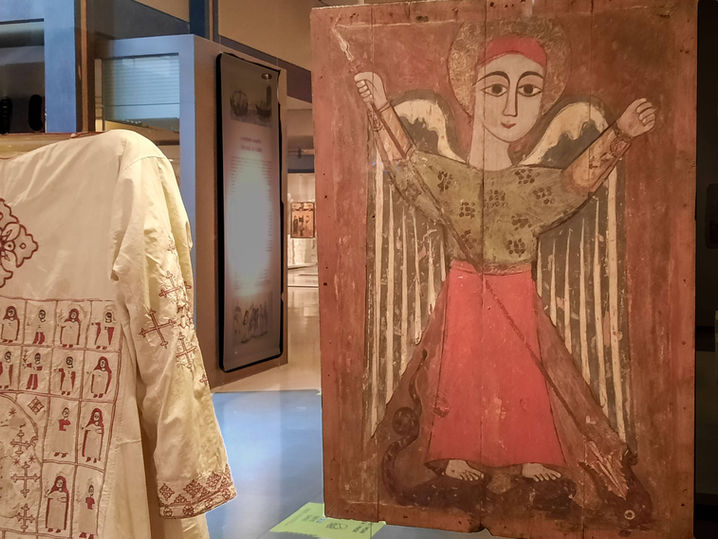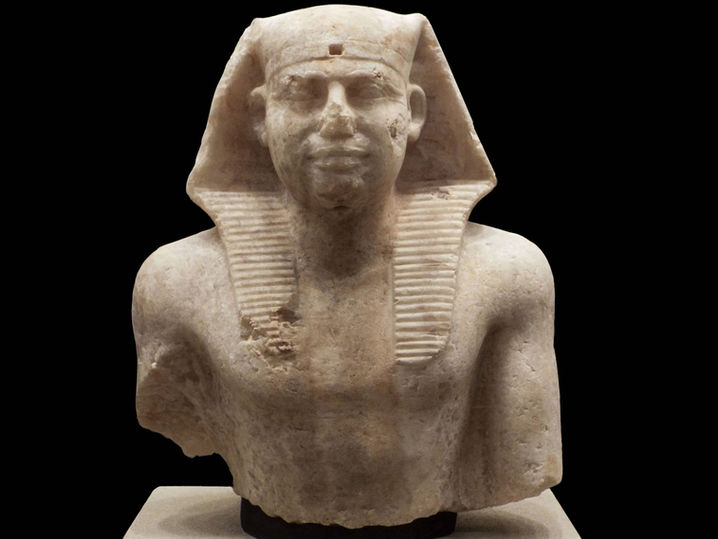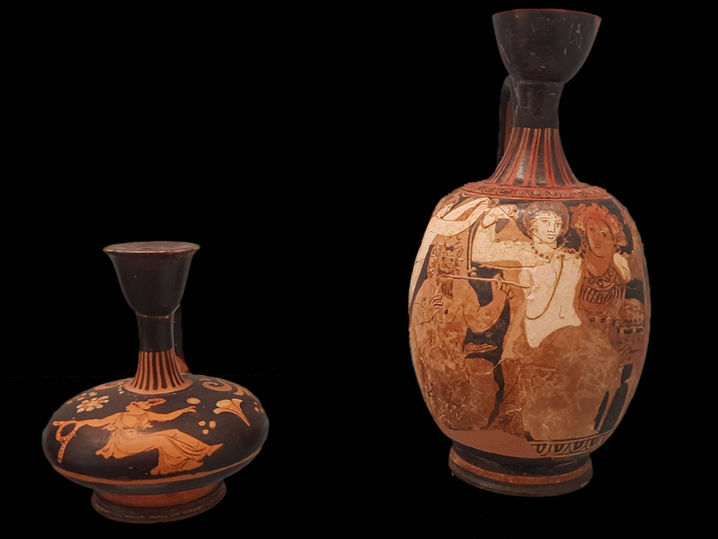Neolithic settlements are found in a multitude of locations in Greece, but the real origins of Greek civilisation lie in the Bronze Age of the 3rd and above all the 2nd millennium BC, with an elaborated Minoan culture in Crete, a Cycladic civilisation in the Aegean basin and the more militaristic, dynastic city-States of the Mycenaean mainland. The Mycenaeans expanded their power over the entire Hellenic space. City-states fought one another, King Priamos from Troy knew something about it. But the Mycenaeans were overrun as well, when around 1100 BC massive migrations caused turmoil, collapse of central power and chaos.
EARLY & BRONZE AGE ANTIQUITY
Taking over and improving pottery techniques from Archaic Korinthos, Athenian workshops had become ’market leaders’ in the Hellenic world as from about 630 BC. They took over the Corinthian black figure style, but replaced the griffins, sphynxes and other species of monstrous creatures by the depiction of human beings, in line with the developing spirit in the ‘Athens of Classical times’: men and women, often in narrative scenes of mythology and legend. By 530 BC red figure pottery made its entry; red figures against a black background offered superior possibility to add subtle details as they could be painted onto the red body surface with black paint. Another 30 years later Athenians also developed a white-background technique, exclusively used for vases with ritual or funerary functions, as the surface painting was far more fragile than the red or black figure techniques. Late in the 5th century BC, however, decorative pottery went into decline, as high demand for murals and frescos in the growing city drew artisans away from the pottery business. By 320 BC Attican pottery production had all but died out.

© 2020.Created by Marc Van den Reeck with Wix.com























